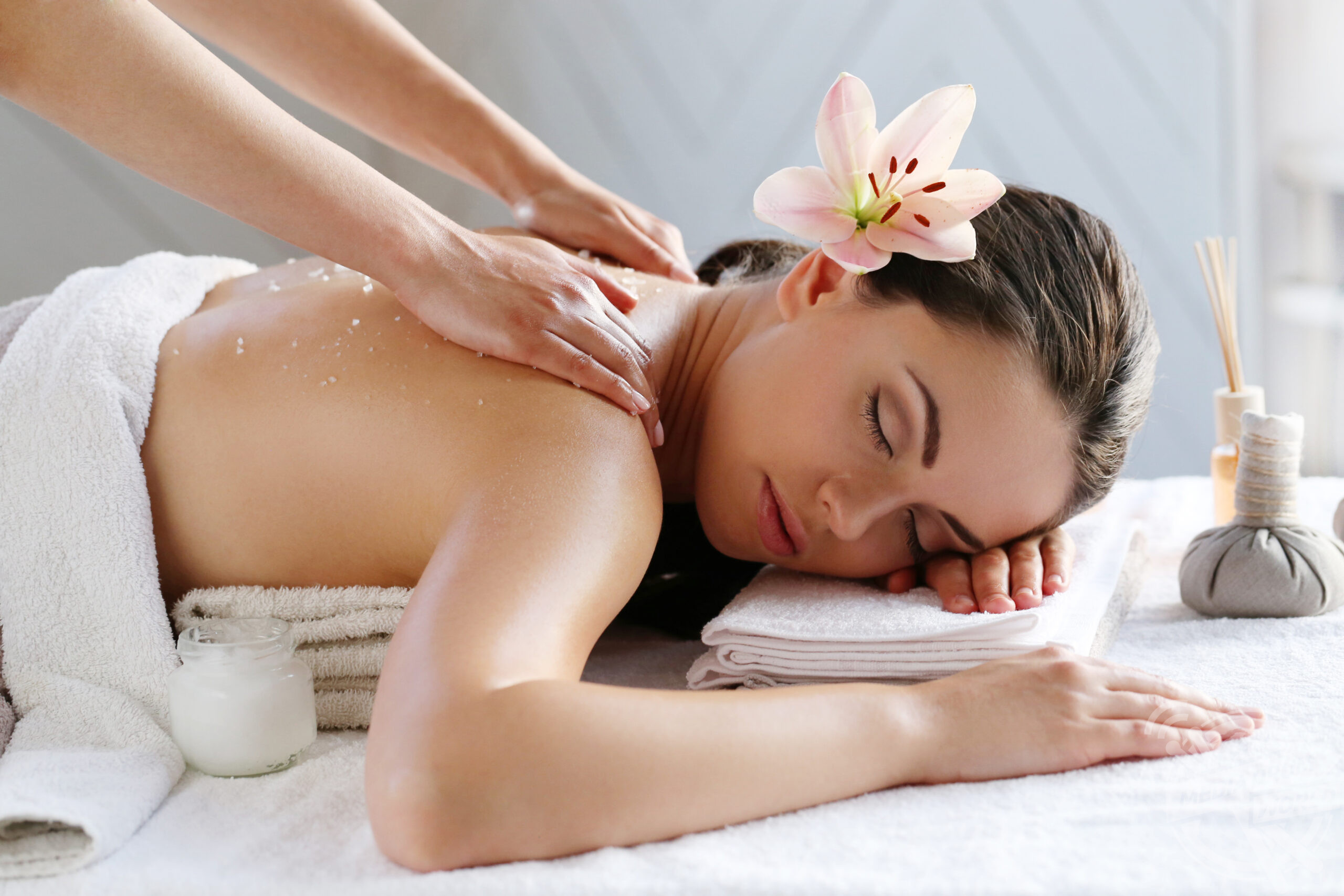
Reflexology, an ancient recovery technique that has stood the examination of time, remains to astound the minds and soles of people worldwide. This alternative treatment is based upon the principle that specific factors on the hands, ears, and feet match to different body organs and systems within the body. By applying pressure to these points, experts intend to promote recovery, alleviate anxiety, and bring back balance to the body.
The Origins of Reflexology
While the exact origins of reflexology are questioned, evidence suggests that similar methods have actually existed for thousands of years across different societies. Old Egyptian burial places depict what seems foot massages, while typical Chinese medicine has long identified the interconnectedness of different body components. The modern-day practice of reflexology, nevertheless, was created in the very early 20th century by Dr. William Fitzgerald and later on improved by Eunice Ingham, frequently described as the “mommy of reflexology.”
How Reflexology Works
The essential idea behind reflexology is that the body is split into 10 vertical areas, each representing different organs and body parts. By applying stress to particular points within these zones, reflexologists think they can impact the corresponding areas of the body. The suggestions of the toes are assumed to match to the head, while the sphere of the foot is connected with the upper body and lung location.
Possible Benefits of Reflexology
Proponents of reflexology declare a large range of benefits, consisting of:
Anxiety reduction and relaxation
Enhanced flow
Boosted body immune system function
Pain relief, especially for migraines and migraines
Enhanced sleep high quality
Alleviation of digestive system concerns
While clinical study on reflexology is continuous, several people report considerable improvements in their overall well-being after obtaining therapies. It’s crucial to note that reflexology is typically considered a complementary therapy and should not replace standard treatment.
What to Expect During a Reflexology Session
A normal reflexology session lasts between 30 to 60 minutes. The specialist will usually start by reviewing your health history and any kind of existing issues. You’ll then be asked to eliminate your footwear and socks and sit comfortably or lie down. 東京 will certainly start by analyzing your feet prior to using stress to particular points. The pressure can vary from mild to firm, relying on your preference and the specialist’s technique.
Self-Reflexology Techniques
While expert sessions can be beneficial, you can additionally exercise some basic reflexology techniques in the house. Here are a couple of simple exercises to attempt:
Foot rolling: Roll a tennis round or specialized reflexology sphere under your foot for a few mins each day.
Thumb strolling: Use your thumb to “walk” along the soles of your feet, applying pressure as you go.
Hand reflexology: Apply pressure to the facility of your hand utilizing your thumb from the opposite hand.
Integrating Reflexology right into Your Wellness Routine
Just like any brand-new health and wellness practice, it’s necessary to approach reflexology with an open mind and realistic expectations. While it may not be a cure-all, several discover that regular reflexology sessions or self-practice can be a beneficial enhancement to their general wellness routine. Whether you’re seeking stress relief, discomfort administration, or merely a minute of leisure, reflexology provides a special method to nurturing your body and mind.
Remember, if you have any health and wellness concerns or are pregnant, it’s constantly best to seek advice from your healthcare provider prior to beginning any new treatment, including reflexology. With its gentle strategy and potential for advertising total wellness, reflexology proceeds to be a popular selection for those seeking a natural, all natural technique to health and wellness and wellness.
While the specific origins of reflexology are disputed, proof recommends that similar methods have existed for thousands of years throughout numerous societies. The contemporary practice of reflexology, nonetheless, was established in the early 20th century by Dr. William Fitzgerald and later on fine-tuned by Eunice Ingham, typically referred to as the “mommy of reflexology.”
The fundamental concept behind reflexology is that the body is separated right into 10 upright areas, each corresponding to different body organs and body components. As with any kind of brand-new health practice, it’s crucial to approach reflexology with an open mind and realistic expectations. Whether you’re looking for stress and anxiety alleviation, discomfort administration, or merely a moment of leisure, reflexology provides an unique technique to supporting your body and mind.
